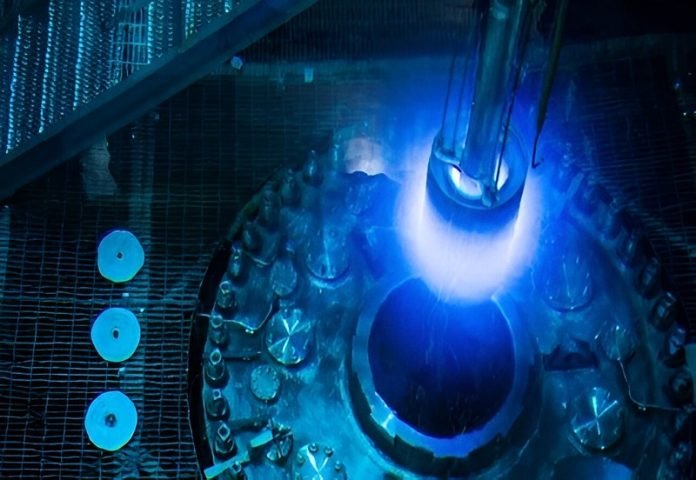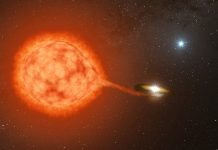
Let’s dive into the universe of really tiny things – the world of subatomic particles. Today’s star? The neutrino.
This tiny particle is super hard to study because it doesn’t interact much with other things.
It’s like that shy kid in class who hardly ever talks.
But scientists, being the curious bunch they are, have always wanted to learn more about neutrinos.
Why care about neutrinos?
Neutrinos are everywhere. Billions pass through you every second!
They’re part of a big framework that scientists use to understand the universe, called the Standard Model. It’s basically our best guess about how all the tiniest things in the universe behave and interact.
But sometimes, what scientists think should happen (based on this model) and what they see in experiments doesn’t match up. And neutrinos have been at the center of some of these puzzles.
How do you study something so elusive?
Here’s where it gets cool. One of the biggest sources of neutrinos on Earth is nuclear reactors. Think of these reactors as busy factories producing heaps of these elusive particles.
Researchers designed an experiment called PROSPECT to study a specific kind of neutrino coming from a reactor named HFIR.
The PROSPECT team was massive. Over 60 people from 13 universities and four big labs joined hands. They built a super special device to detect these neutrinos.
This wasn’t an easy task; it’s like trying to hear a whisper in the middle of a rock concert. They placed this detector near the HFIR reactor, and guess what?
They made one of the most detailed measurements of the neutrinos that come from a process involving uranium-235, a kind of fuel.
So, what’s the big deal?
Well, remember how we said sometimes what scientists expect and what they see doesn’t match up? PROSPECT’s measurements are helping clear up some of those confusions.
Their results show that we need better models or theories to describe how these neutrinos are produced in certain processes.
This is a big deal because it helps us understand not just neutrinos, but also the processes in nuclear reactors.
Neutrinos and nuclear reactors: a love story
The relationship between neutrinos and reactors goes way back.
Some of the first times scientists ‘saw’ neutrinos was thanks to reactors.
And later, scientists even found out that neutrinos could change their type while moving!
This reactor, HFIR, is especially awesome for such studies because of some of its features. It’s like having a super magnifying glass to look at something very closely.
In simple words…
Scientists have made an exciting discovery about a super tiny particle called the neutrino using a big reactor and a special experiment. Their findings help clear up some confusions in the world of tiny particles and might lead to better theories about the universe.
So next time someone talks about neutrinos, you can say, “Oh, those shy tiny particles? I know them!”
Follow us on Twitter for more articles about this topic.



